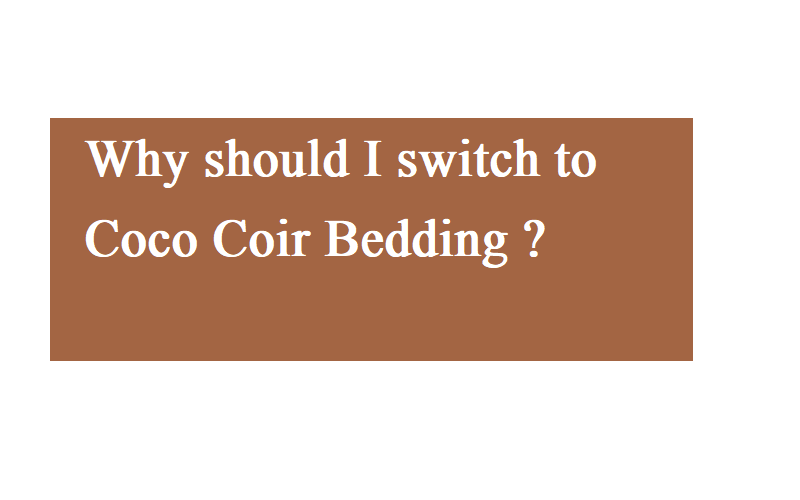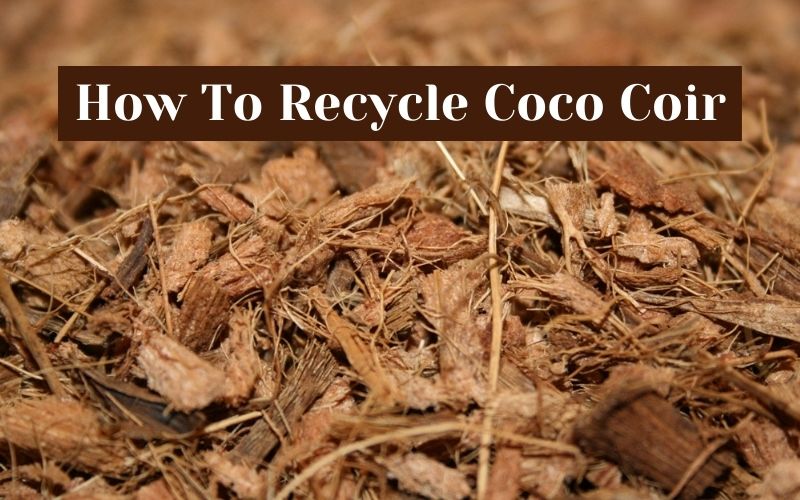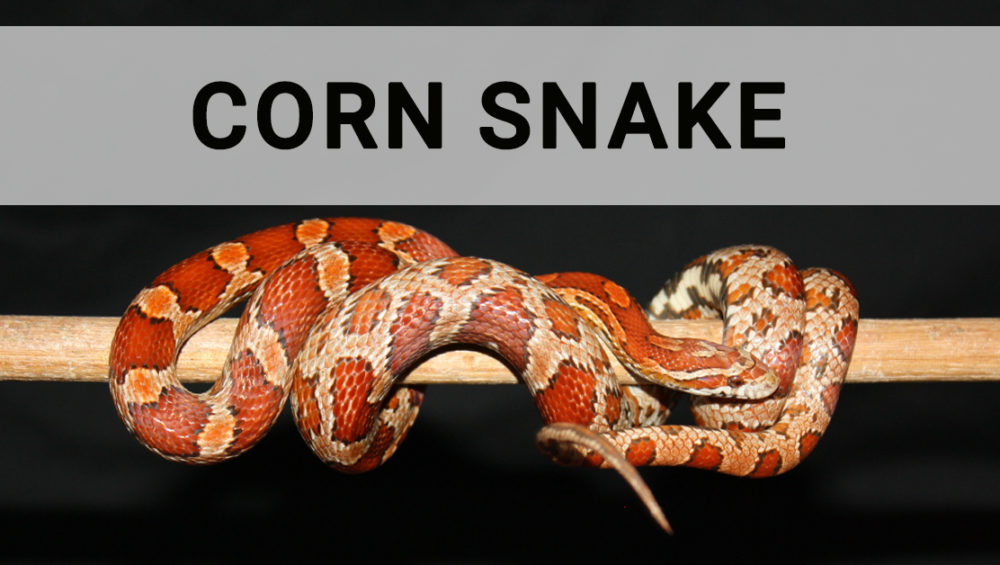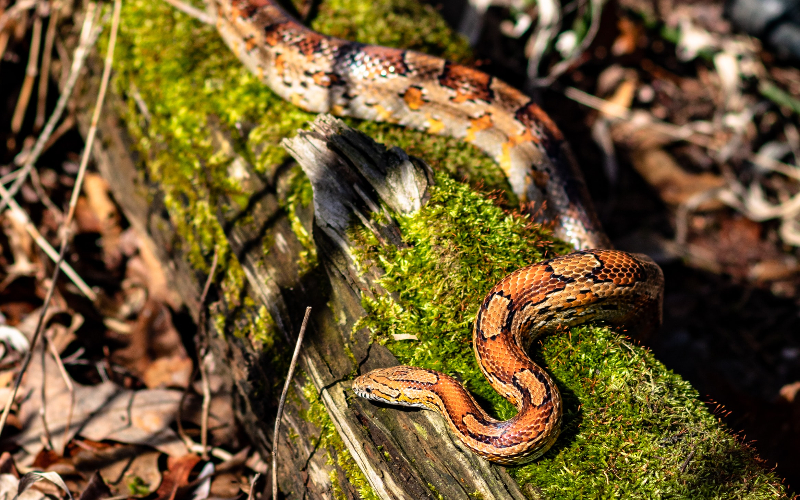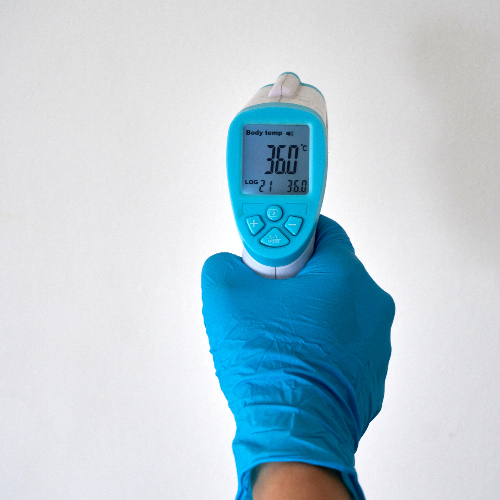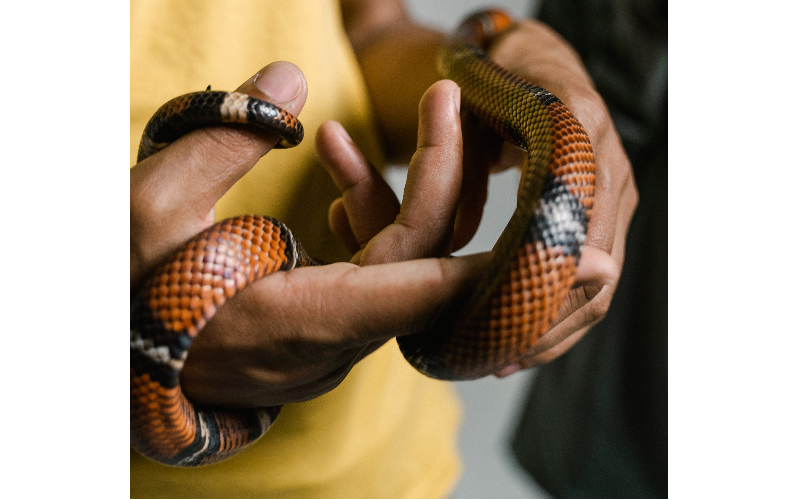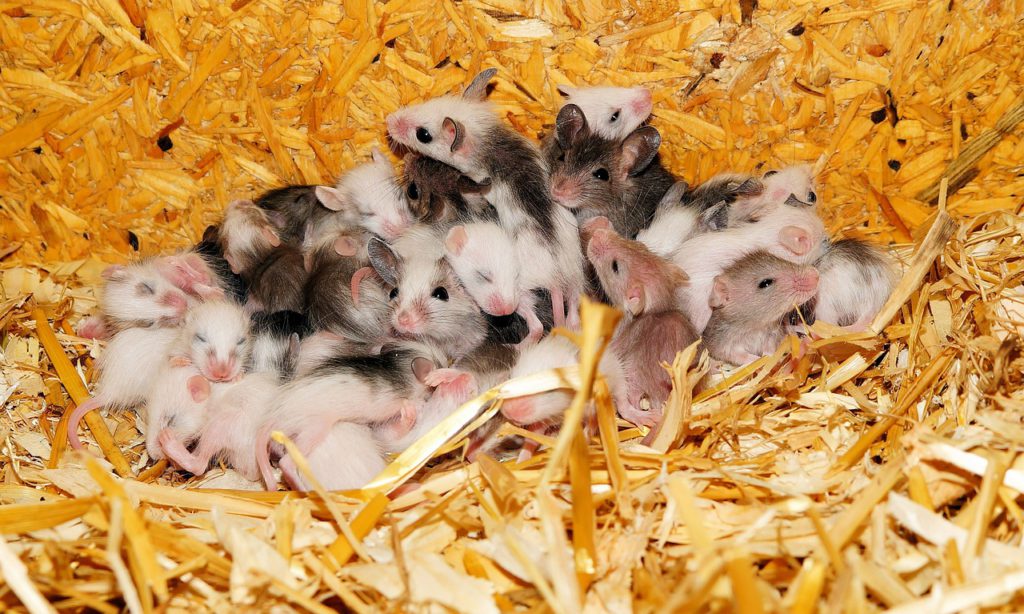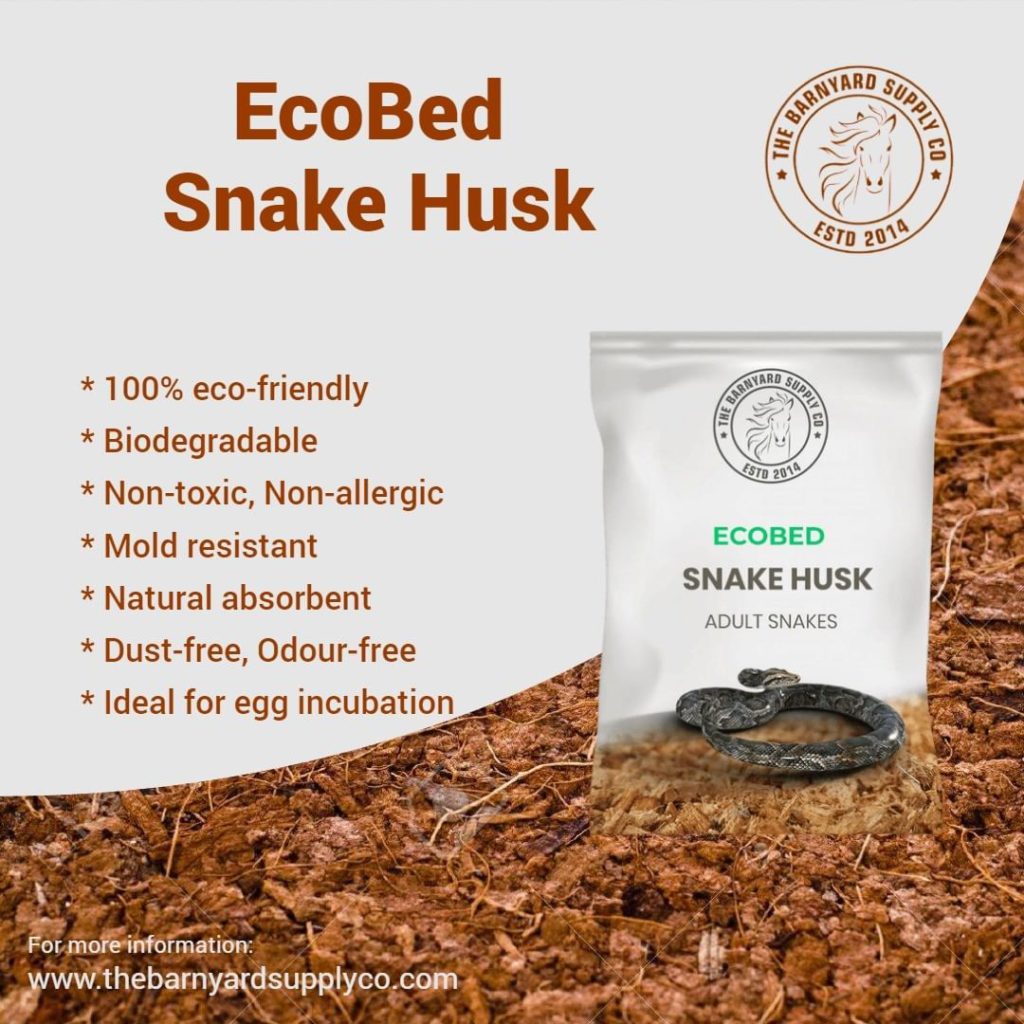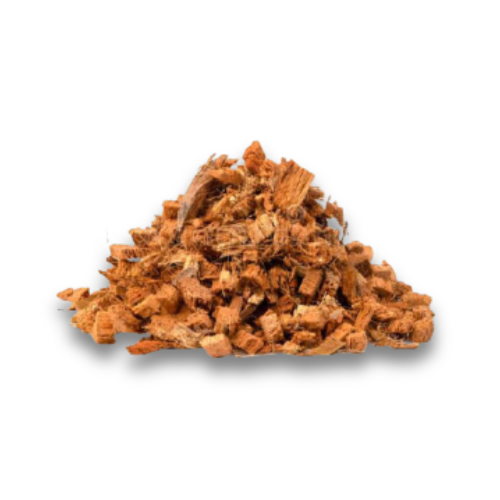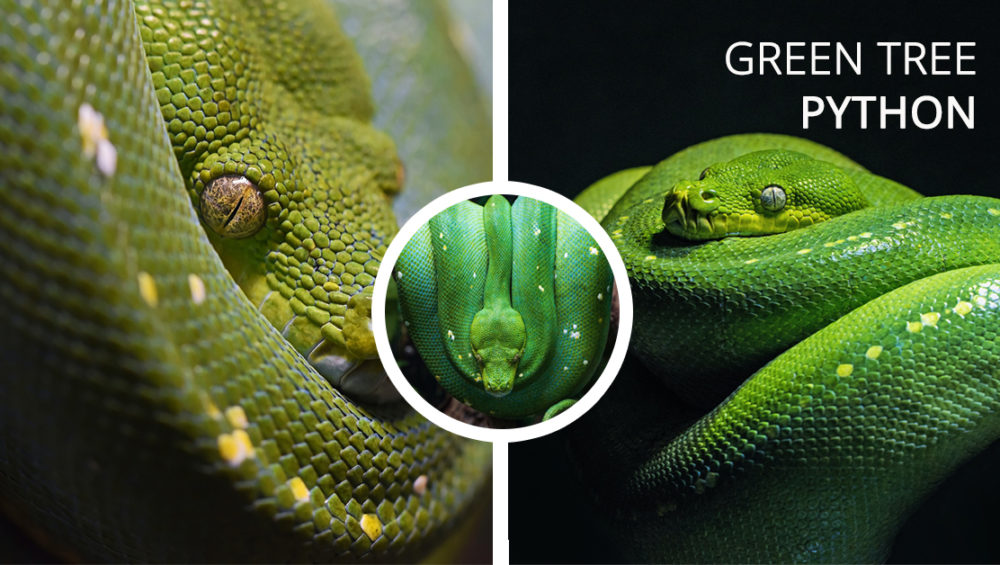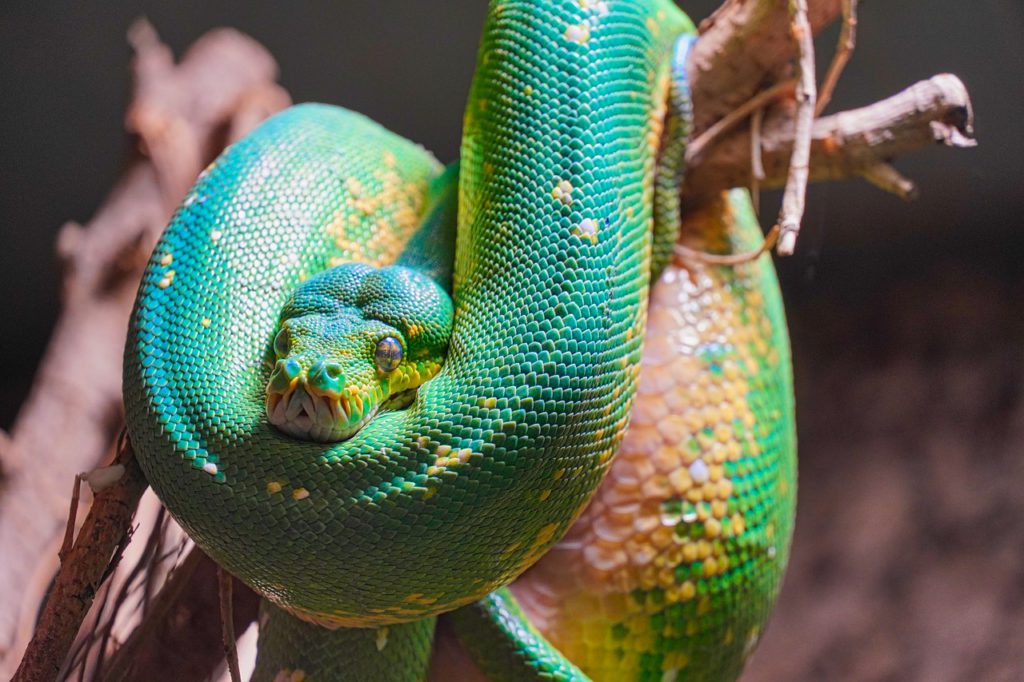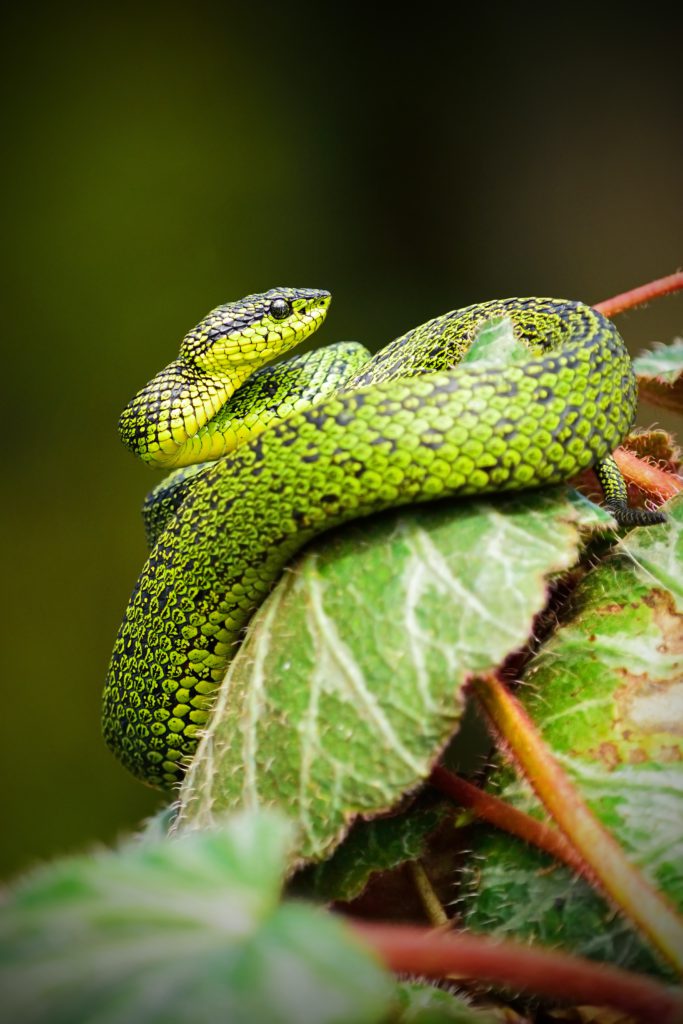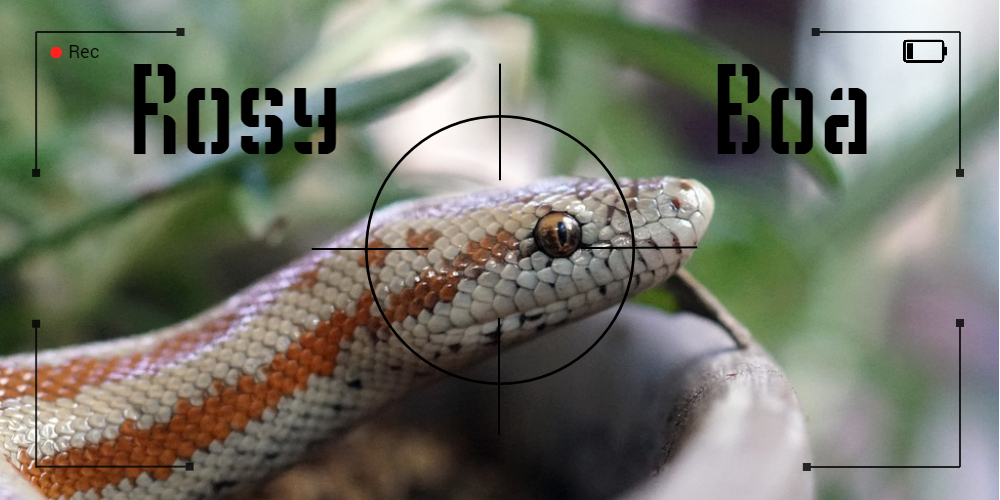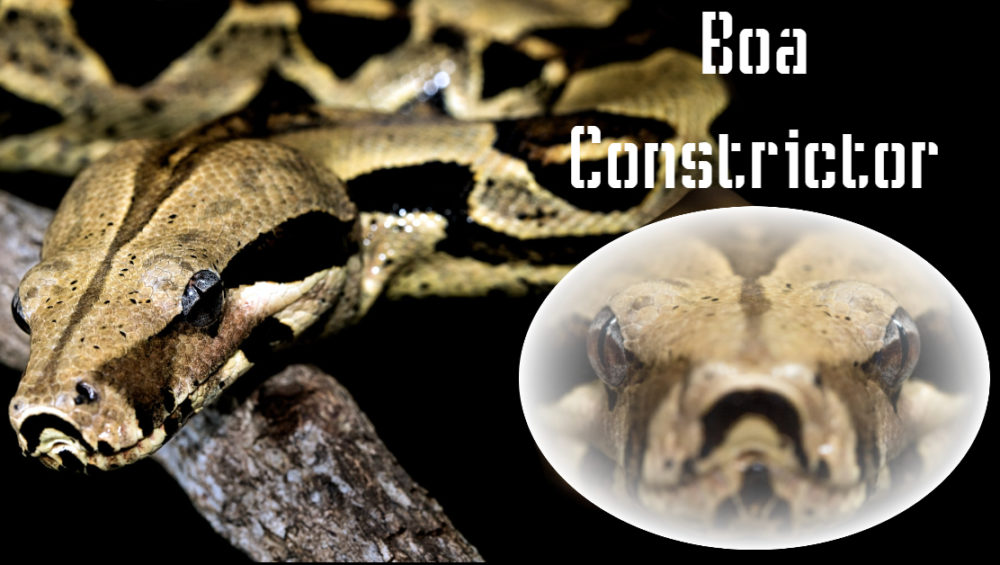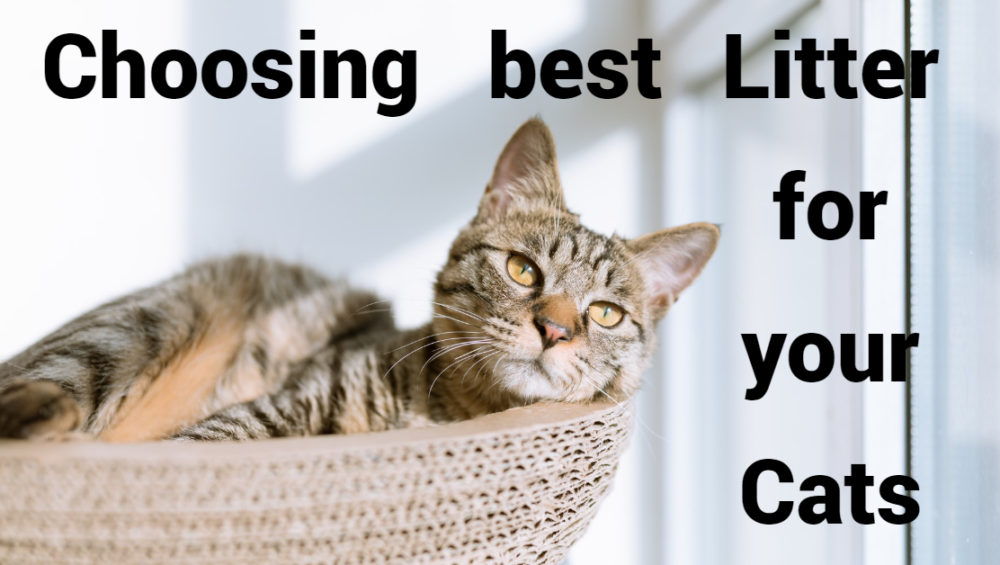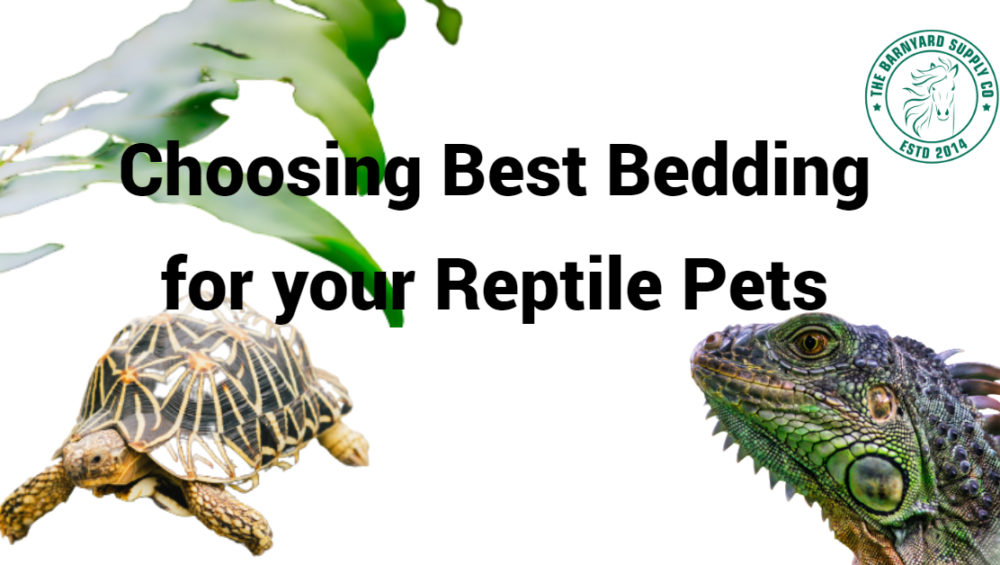Coco Coir:
Coco coir fibre is an organic, waterproof material and absolutely safe for the animals as well as the environment.
The coir fiber is known to be thickest and most resistant of all commercial natural fibers and possess a higher elongation ability. They entrap surrounding air, giving rise to resilience to the fiber, and increase the time duration that the water takes to penetrate into the fibers. Their low decomposition rate is the key advantage for making durable products.
In addition, these fibers can be much more stretched beyond their elastic limit, around 5-10 times of their weight. Coir fiber is a good low cost adsorbent substitute.
- The coir fiber is by-nature a waterproof material and is a 100% organic, renewable product that’s untreated & completely safe for animals and the environment.
- Providing amazing benefits, fiber’s interlocking ability makes sure deep absorption.
- It practically eliminates odor and thereafter flies and pests as well.
- A unique aspect of coconut coir is its ability to insulate, providing thermal control during cold winters or blazing summer heat.
- And it makes an excellent soil amendment, so it can be recycled safely into your garden, eliminating waste and doing wonders for your plants.
- Coco coirs can be used as a bedding.
Coco Coir Bedding:
Coco coir bedding is an absolutely natural bedding which can be implemented in different entities such as
Worm Bedding
Flower Bedding
Vegetable Garden
Reptile Bedding
Worm Bedding:
Providing a coco coir bedding for the worms benefits them in different aspects. The bedding acts as an excellent home for the worms without excessive constriction. It also allows air ventilation making worms to breathe and move freely.
As most of the worms consume the bedding provided for them, coco coir bedding is an excellent option as it is 100% safe and organic.
Flower Bedding:
Coco coir provides excellent benefits to the plants and also the flowers. Using coco coir in the garden improves the soil health thereby making the plant grow well and give maximum yield.
Vegetable Garden:
Coco coir is an affordable bedding option one can use in the garden for the healthier plants and good yield. Going with the natural options available is great for plant health as well as human health. The vegetables grown on coir bedding will be natural and safe to consume.
Reptile Bedding:
A 100% natural and non toxic bedding which can be provided for your reptile pets can be a coco coir bedding. Not only for the reptiles, but can also be used for different species.
Using an organic bedding directly impacts on a pet’s health and overall well being.
You can refer to the user guide of reptile bedding in our recent blog.
Advantages of Coco Coir Bedding:
Let us get to know the advantages of coco coir bedding:
Bacteria and fungi free:
Coco coir is one such media or bedding which is free from the bacteria and fungi and thus absolutely safe to use for plants as well as your pets and doesn’t cause any harm to them.
Reusable:
Compared to other media or beddings, coco coir can be reused as it won’t crumble. Hence is environmentally safe , organic and biodegradable.
Affordable:
Coco coirs are generally affordable and low at cost when compared to other types of bedding. And also can be transported easily when it is in compressed form.
Neutral pH:
Coco coir possesses a neutral pH which suits best for plants and vegetables.
Moisture absorption:
The coco coir has a high moisture absorbing capacity and hence keeps the bedding dry and thus making the pet feel comfortable.
Aeration:
Coco coir bedding provides proper ventilation and doesn’t make the pets feel suffocated.
Hence it’s time for you to switch to coco coir bedding and go natural and use environmentally friendly products.
Conclusion:
We hope you find this article helpful and enjoy reading. Do check out our recent blog Benefits of using Coir Netting.

